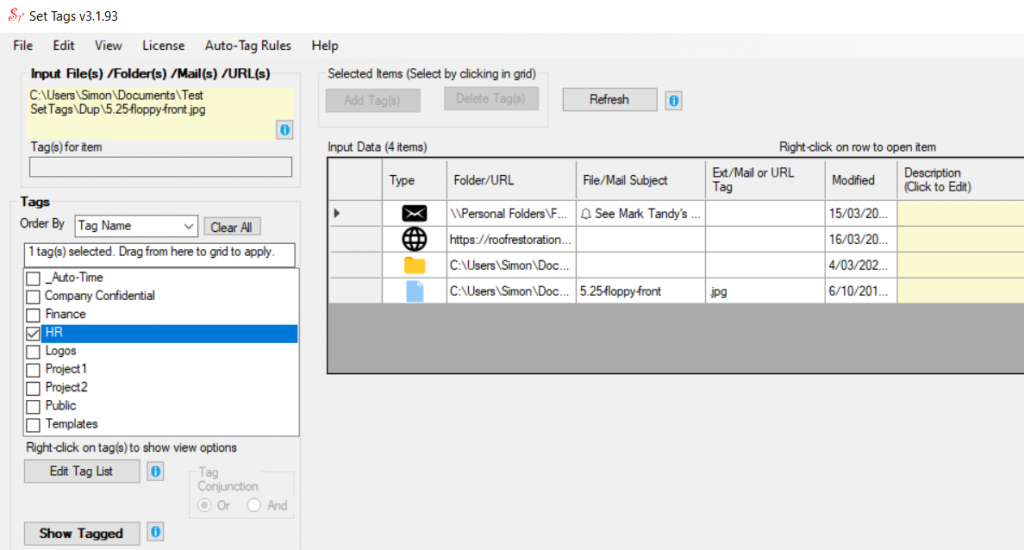The recent fires in Australia damaged relatively few properties but made a lot of people think about what they wanted to take with them if they had to evacuate.
Family photos are usually included in the material to be moved out, often as a box of paper prints. Digital storage of scans of these precious items is attractive, as images can be stored in the cloud by free services such as Google Photos or in paid cloud storage. Images can be accessed from any device anywhere in the Internet-connected world, and most importantly, are unaffected by local fires.
However, whilst it is straightforward to create a digital scan (or even a photograph) of family photos or a scrapbook, paper prints often have important information such as the date, and names of people in the photo written on the back of them.
If you want to integrate the information on the back of a print with the image on the front, Caption Pro provides a very simple way of doing this to make sure that all of your family heritage can use the advantages of digital storage.

